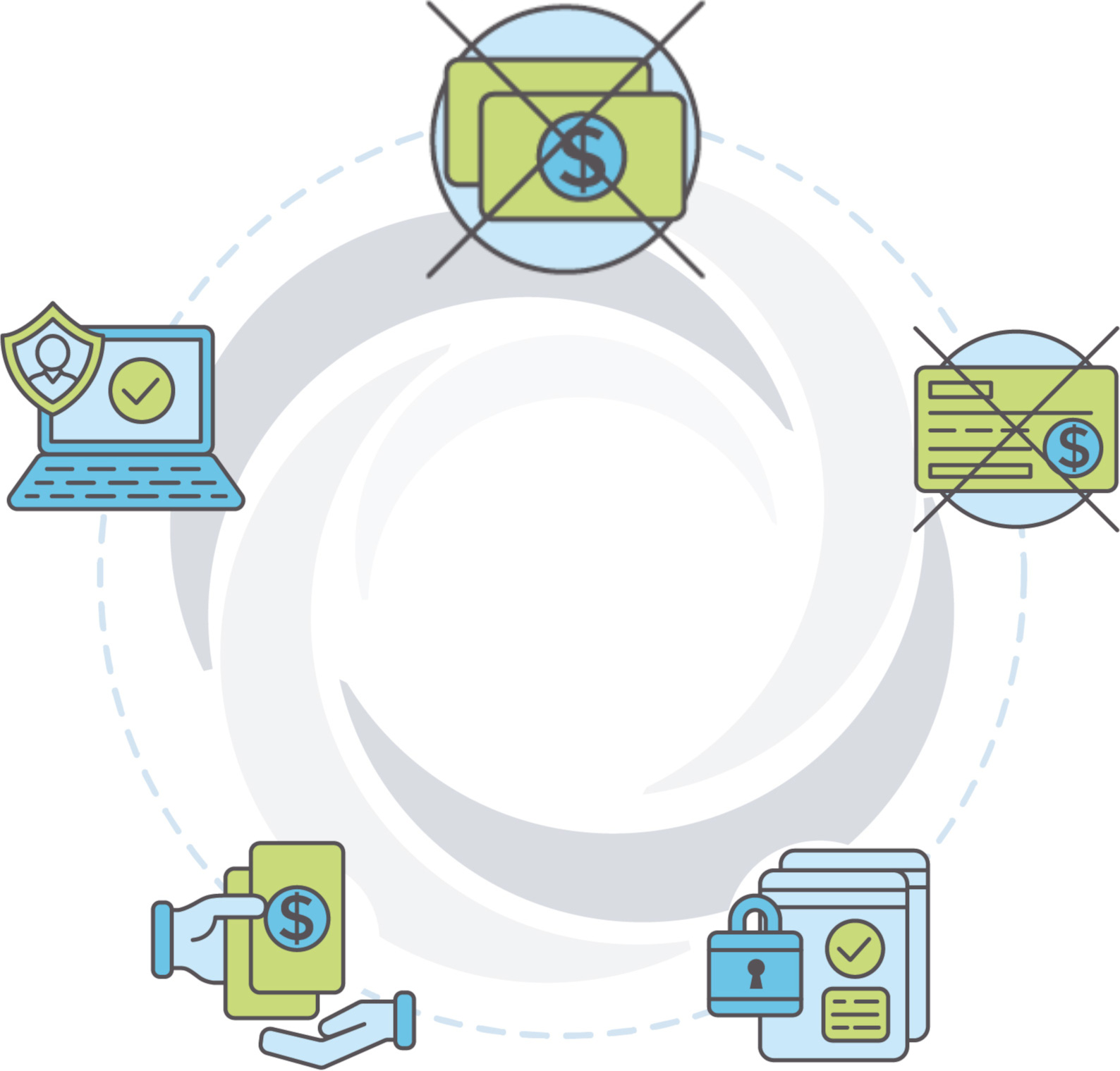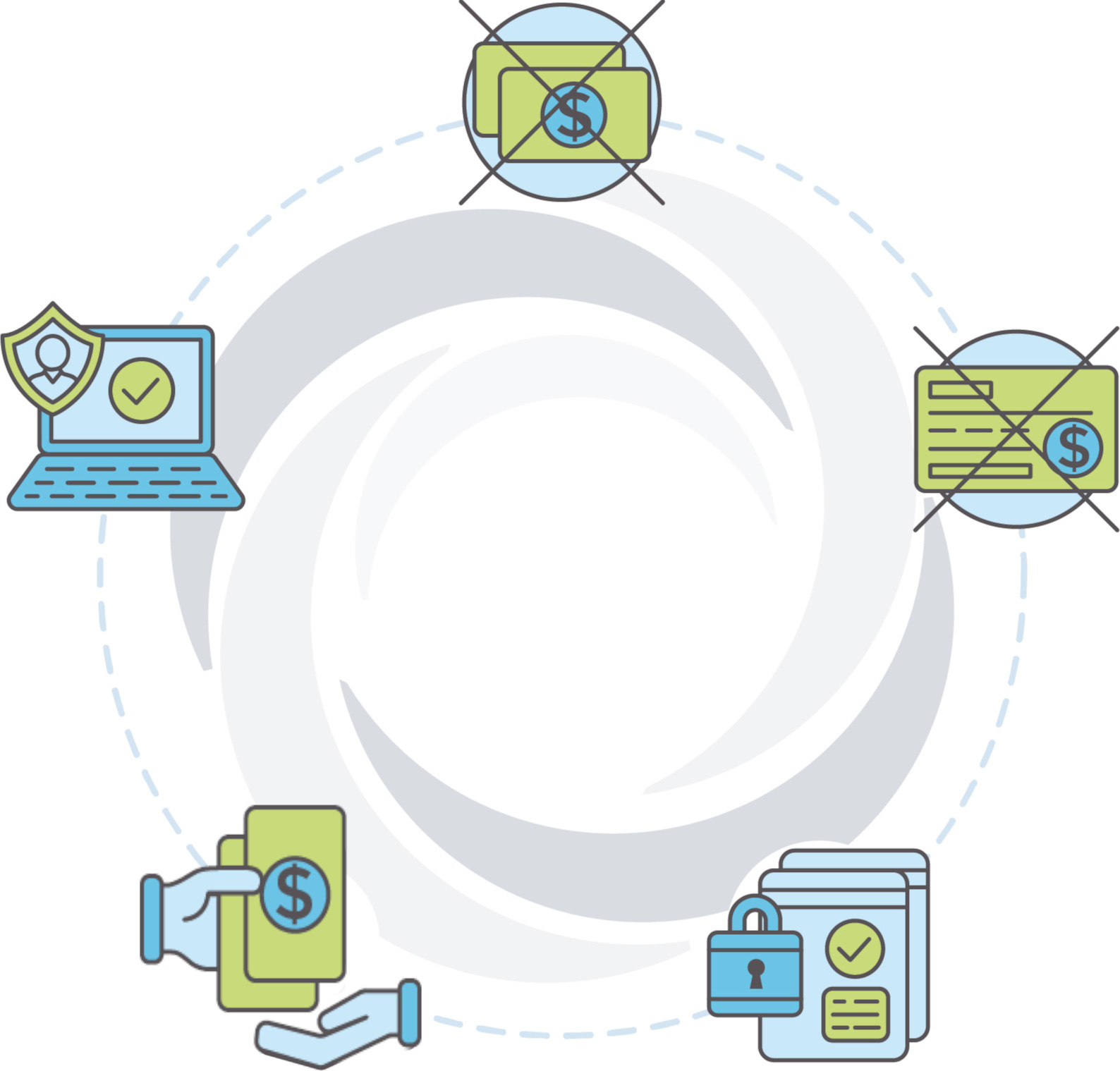Pre-Settlement Funding: Forceps Birth Injury
Although giving birth can be an exciting milestone, it can also be an overwhelming and stressful experience. Doctors and patients sometimes have to deviate from original birth plans depending on how things are progressing, and if the safety of the mother and/or baby is at risk. One type of assisted vaginal delivery is a forceps delivery and is sometimes necessary if the baby needs help coming out of the birth canal. If labor is not progressing as it should and/or immediate delivery is necessary, the use of forceps may be used as a last resort. For example, an obstetrician may opt to use forceps if the mother has certain health conditions that can limit the number of times she pushes. They may also be used if the baby appears to be in distress (for example, sudden changes in the baby’s heartbeat during the labor process), if the baby’s arms or shoulders are coming out of the birth canal first, the position of the baby’s head is unknown, and so on.
Even though forceps may be the only way to make certain births as safe as possible, in other cases, a forceps birth injury may result. In fact, a study from the U.S. National Library of Medicine revealed that the use of forceps during birth increases the risk of injuries and complications fourfold.
Some examples of forceps birth injuries include the following:
- Facial muscle weakness, which may be temporary
- Facial injuries
- Skull fractures
- Seizures
- Bleeding in the skull
- Eye injuries
Another common type of birth injury that can result from a forceps birth injury is cephalohematoma, which is when small blood vessels on the scalp are ruptured or damaged from the birthing process. As a result, a small pool of blood may form, in addition to a mass, just outside the skull on the baby’s head. Cephalohematoma is often not dangerous and resolves on its own, but not always. One major potential complication is jaundice, which can happen when the mass breaks down and is reabsorbed, resulting in increased bilirubin levels. Jaundice can cause liver complications and needs to be treated promptly. Cephalohematoma can also lead to primary or secondary infections, some of which can progress to dangerous levels rather quickly.
These types of injuries are somewhat rare, but when they do happen, they can be absolutely devastating for the affected families. After all, the birth of a child is supposed to be a joyous occasion. If your baby is harmed during the process, especially when it possibly could have been prevented, it is simply unacceptable. When patients are injured as a direct result of a doctor’s negligence, it may be a case of medical malpractice.
Babies are not the only ones at risk of forceps birth injuries. Mothers can also sustain painful injuries when forceps are used during the births of their babies. Some of these possible risks include injuries to the urethra or bladder, perineum pain and genital tract tears, pelvic organ prolapse as a result of weakened ligaments and muscles, and uterine rupture, which can be deadly for both mother and baby.
When it comes to successful forceps-assisted delivery, as the U.S. National Library of Medicine points out based on studies of specific cases, skilled obstetric technique is essential. While the use of forceps may be unavoidable in some situations, the cause of injury to the mother or baby may be a direct result of the doctor’s poor technique. In other cases, the use of forceps could have possibly been avoided entirely. A doctor may have used poor judgment to make a decision to use forceps when another method or option may have been a better choice and could have resulted in a better outcome. For example, another doctor in an identical situation may have instead decided that a cesarean delivery would be the better and safer option for mother and baby. Whether a doctor makes a poor decision during the birthing process or makes a mistake, he or she may be found liable if the mother and/or baby sustain serious injury.
If you or your baby was harmed from a forceps birth injury, you may currently be working with a lawyer on a medical malpractice case. If you are currently working with a medical malpractice attorney, you may be wondering when your case will settle. If you are looking for money now, consider the benefits of pre-settlement funding, which can allow you to receive some money before your case officially settles. Also known as a lawsuit advance, this option is an easy way to receive money upfront and without risk; if your case doesn’t settle, you typically don’t owe us anything. Contact USClaims to learn more and to find out if your case is eligible.





